Daymare Cat, Polityka review
August 21, 2013
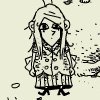 „Daymare Cat” to dogrywka trylogii „Daymare Town” Mateusza Skutnika. Ten utalentowany artysta znany jest głównie jako rysownik i scenarzysta komiksów (serie: „Rewolucje”, „Morfołaki”, „Blaki”), a także jako autor opowieści i scenografii wyreżyserowanego przez Tomasza Bagińskiego filmu „Kinematograf”. Że Skutnik ma na koncie także wiele urokliwych gier, niestety równie powszechnie wiadome nie jest. Są łatwo dostępne – możemy je uruchomić w internetowej przeglądarce za darmo. „Daymare Cat” przypomina interaktywną monochromatyczną kreskówkę. Miniatura ta oparta jest na mechanice gry platformowej z paroma zagadkami. Nie ma tu historii – jest ładna kreska, tajemnicza dziewczynka, nieco surrealistyczne scenerie, niepokojące tło dźwiękowe, niczym śpiewy duchów miriady cykad oraz trafiona piosenka Cat Jahnke, którą będziemy mogli pobrać w nagrodę za ukończenie przygody. Bardzo estetycznej.
„Daymare Cat” to dogrywka trylogii „Daymare Town” Mateusza Skutnika. Ten utalentowany artysta znany jest głównie jako rysownik i scenarzysta komiksów (serie: „Rewolucje”, „Morfołaki”, „Blaki”), a także jako autor opowieści i scenografii wyreżyserowanego przez Tomasza Bagińskiego filmu „Kinematograf”. Że Skutnik ma na koncie także wiele urokliwych gier, niestety równie powszechnie wiadome nie jest. Są łatwo dostępne – możemy je uruchomić w internetowej przeglądarce za darmo. „Daymare Cat” przypomina interaktywną monochromatyczną kreskówkę. Miniatura ta oparta jest na mechanice gry platformowej z paroma zagadkami. Nie ma tu historii – jest ładna kreska, tajemnicza dziewczynka, nieco surrealistyczne scenerie, niepokojące tło dźwiękowe, niczym śpiewy duchów miriady cykad oraz trafiona piosenka Cat Jahnke, którą będziemy mogli pobrać w nagrodę za ukończenie przygody. Bardzo estetycznej.
Autor: Olaf Szewczyk.








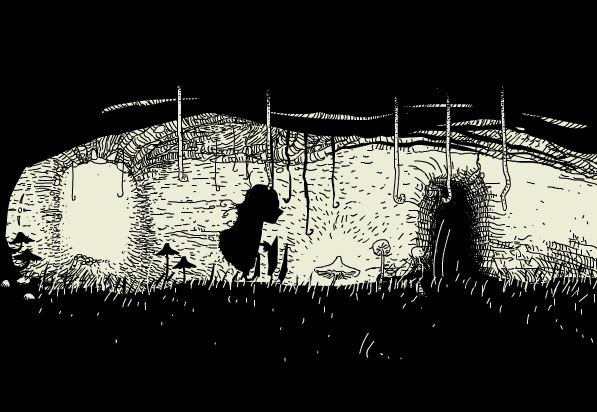
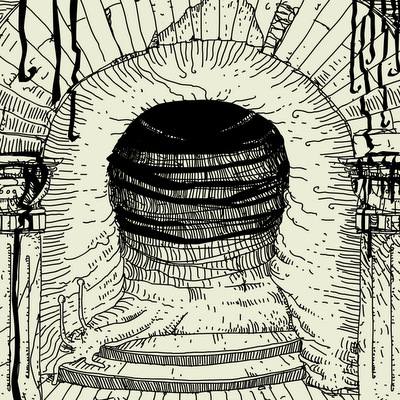
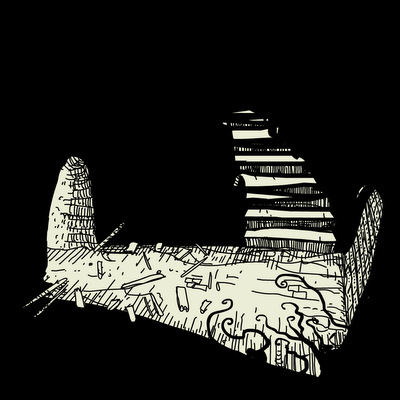
 Most of the time I would much rather play video games on my consoles and on my handheld systems, but I will admit that there are a few moments when I feel like playing some flash games online. A site I like to go to to experience these online games is One More Level, and recently I’ve discovered a couple games that have immediately piqued my interest and have quickly become enjoyable to me (and have become some of my favorite Flash games next to theFancy Pants games). One of the two titles is called King’s Ascent, which I’ll talk about one of these days, and the other one, which I’ll talk about right now, is a fascinating title calledDaymare Cat. Given that it itself is a part of a series, I won’t compare it to the other titles since I haven’t played those, so I’ll just discuss about this individual game on its own merits.
Most of the time I would much rather play video games on my consoles and on my handheld systems, but I will admit that there are a few moments when I feel like playing some flash games online. A site I like to go to to experience these online games is One More Level, and recently I’ve discovered a couple games that have immediately piqued my interest and have quickly become enjoyable to me (and have become some of my favorite Flash games next to theFancy Pants games). One of the two titles is called King’s Ascent, which I’ll talk about one of these days, and the other one, which I’ll talk about right now, is a fascinating title calledDaymare Cat. Given that it itself is a part of a series, I won’t compare it to the other titles since I haven’t played those, so I’ll just discuss about this individual game on its own merits.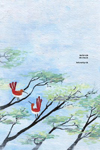 Swego czasu pewna irlandzka wokalistka dała się namówić na skomponowanie utworów do poszczególnych epizodów pewnego serialu dokumentalnego. W efekcie powstała płyta, za sprawą której wspomniana wkroczyła na ścieżkę solowej kariery, dorobiła się pokaźnej fortuny, własnego zamku oraz światowego rozgłosu.
Swego czasu pewna irlandzka wokalistka dała się namówić na skomponowanie utworów do poszczególnych epizodów pewnego serialu dokumentalnego. W efekcie powstała płyta, za sprawą której wspomniana wkroczyła na ścieżkę solowej kariery, dorobiła się pokaźnej fortuny, własnego zamku oraz światowego rozgłosu.